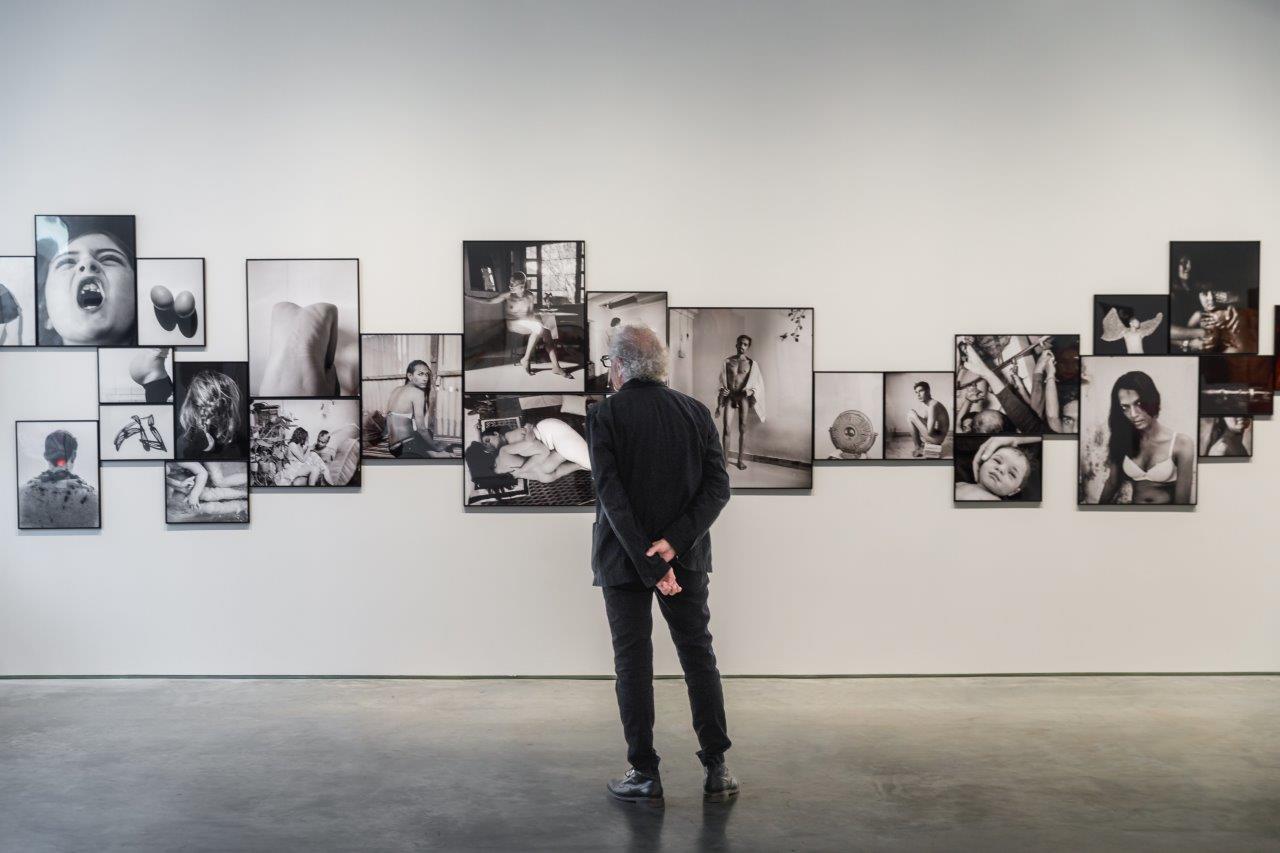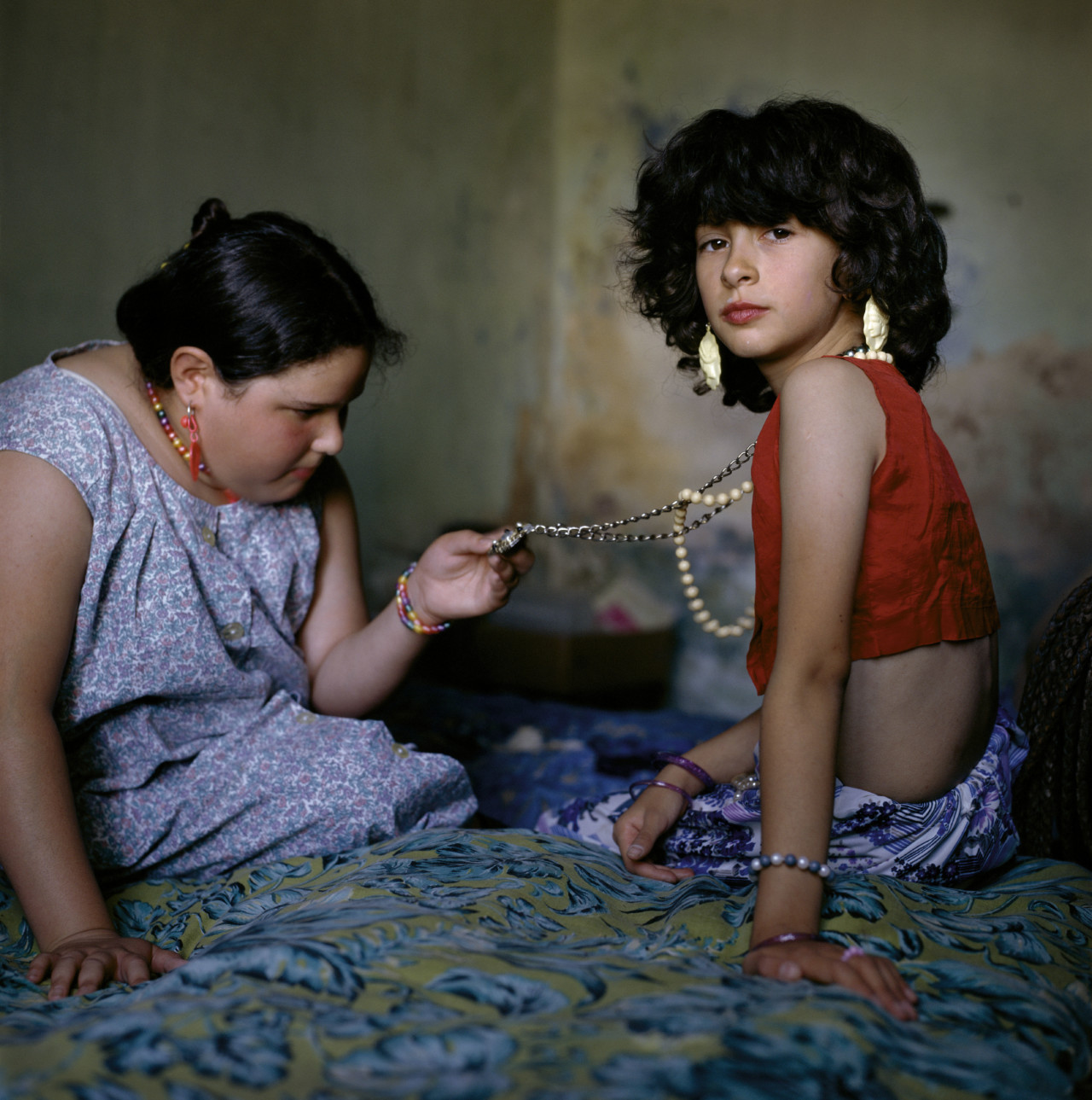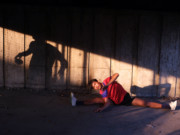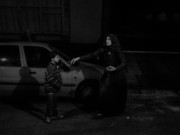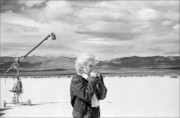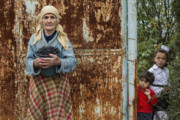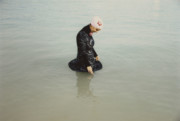Four Magnum women
Four Magnum photographers discuss their practice ahead of a major exhibition at the International Center of Photography in New York.
In Dialogue is the first in an irregular series of roundtable recordings bringing Magnum photographers together with writers, curators, editors and other folk to discuss a particular subject or theme in depth in a conversational format.
The first in the series was staged ahead of a new exhibition at the International Center of Photography in New York City, which runs from September 30 to January 9, titled Close Enough: New Perspectives from 12 Women Photographers of Magnum.
Curated by Charlotte Cotton, the show runs alongside the agency’s 75th current anniversary celebrations, and features contemporary series by photographers as seemingly disparate as Alessandra Sanguinetti’s long-term collaboration with two cousins as they evolve from childhood in rural Argentina into adulthood, and Bieke Depoorter’s multiyear, multiform project, Agata, about a young club performer in Paris.
Olivia Arthur, Myriam Boulos, Sabiha Çimen, Cristina de Middel, Carolyn Drake, Nanna Heitmann, Susan Meiselas, Hannah Price, Lúa Ribeira, and Newsha Tavakolian will also show a single recent project — together exhibiting more than 150 works.
The title, Close Enough, refers to the common ground shared by the 12 photographers in the show, beyond what the subtitle makes explicit — that they are all of the same gender.
Because, although they each have their individual approaches, and their work may look very different from each other, there are similar concerns about how they work with their subjects, their relativity to the people they photograph, and the imperative to find ways to collaborate with them.
The title is also a playfully provocative nod to one of the agency’s founding fathers, Robert Capa, and his famous – seemingly macho – maxim, “If your pictures aren’t good enough, you aren’t close enough.”
That advice came from a photographer famed for his front line war reporting, who eventually paid the ultimate price for his work, but Magnum photographers have long since taken a more expansive interpretation of the phrase,
“This famous quote of Capa’s is about getting as close to what is going on as possible so that the viewer will really feel that they are there in the mix of it,” said Olivia Arthur in an interview in 2017. “Of course, if that is what you are going for, it’s absolutely good advice, and it’s something that photographers often have to teach themselves. Entering into people’s personal space or the center of something that is going on can feel intrusive, but it is the way to be part of what is going on rather than just a spectator.”
Incidentally, it was Arthur who came up with the title of the ICP exhibition, which will be shown alongside Death in the Making, a show devoted to the story of Robert Capa’s 1938 photobook about the Spanish Civil War.
She also features alongside Bieke Depoorter, Susan Meiselas and Lúa Ribeira in this first roundtable conversation, moderated by Diane Smyth, a freelance writer, lecturer, and editor at Photoworks, produced in partnership with British Journal of Photography.
The discussion revolves around the photographers’ practice, and these shared concerns about collaboration, touching on the series in the ICP show, but also the works, ideas and experiences that inform their thinking.
The conversation begins with a question to Meiselas about whether it was common practice to work collaboratively with subjects when she began making what came to be known as Carnival Strippers.
“In 1972, people were more wanting to be Robert Frank, or a street photographer. There was a very different modality of practice,” says Meiselas. “My instinct was that their voices needed to be part of the representation of the work. It was a very intuitive, organic process, both capturing the sound and transcribing it, then having it become a parallel narrative in the book, and as live sound in the exhibition — all of that was part of the original concept.”
“Why did you think it important to include their voices?” asks Smyth.
“You can look at, but it’s very different to listen to,” Meiselas responds. “Maybe I was young enough to feel the awkwardness of, ‘What am I doing when I’m looking at you?’ or ‘What do I know about you?’ And because they were extraordinarily articulate, I began listening to. And the listening to became a very important component of my understanding of them, of feeling their presence, counterbalanced to how I saw them.”


